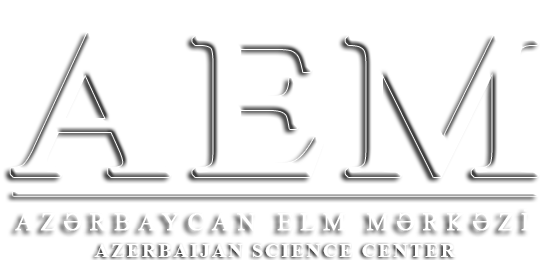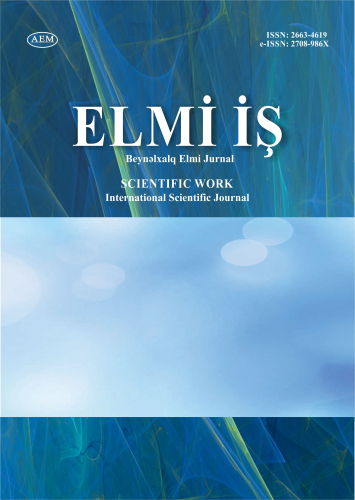DOI: https://doi.org/10.36719/2663-4619/86/35-39
Səbinə Əbülfət qızı Cəfərova
Gəncə Dövlət Universiteti
dissertant
MÜRƏKKƏB CÜMLƏ KOMPONENTLƏRİNİN HƏM ANALİTİK, HƏM DƏ SİNTETİK VASİTƏLƏRLƏ ƏLAQƏLƏNMƏSİ
Xülasə
Beləliklə, aydın olur ki, bağlayıcılar, bağlayıcı birləşmələri, bağlayıcı sözlər və şəkilçilərin (şəkilçiləşmiş ədatların proporsional şəkildə iştirak etdiyi) tabeli mürəkkəb cümlə tipləri analitik-sintetik tip hesab edilir. Komponentləri təkcə şəkilçiləşmiş ədatlarla bağlananlar sintetik, yalnız bağlayıcının köməyi ilə yaranan analitik tipdə hesab edilməlidir. Tabeedici intonasiyanın köməyi ilə yarananları isə asindetik adlandırmaq məqsədəuyğundur. Burada bir məsələni də unutmaq olmaz; o da istənilən bağlayıcı vasitəsinin ixtisar olunması və ya nəzərdə tutulmasıdır ki, bu da, təbii olaraq, cümlənin analitik, sintetik və ya analitik-sintetik adlanmasını şərtləndirir.
Açar sözlər: komponent, analitik, sintetik, prepozitiv, mürəkkəb cümlə
Sabina Abulfat Jafarova
Ganja State University
dissertatist
Linking complex sentence components by both analytical and
synthetic means
Abstract
Thus, it is clear that subordinate complex sentence types with a proportional participation of conjunctions, conjunctions, conjunctions and suffixes (formed adverbs) are considered analytic-synthetic type. Those whose components are connected only by suffixed adverbs should be considered synthetic, analytical type created only with the help of conjunctions. Those formed with the help of subordinating intonation are appropriate to be called asyndetic. One issue should not be forgotten here, which is the reduction or implication of any connecting means, which, naturally, conditions the sentence to be called analytic, synthetic or analytic-synthetic.
Keywords: component, analytical, synthetic, prepositional, compound sentence

